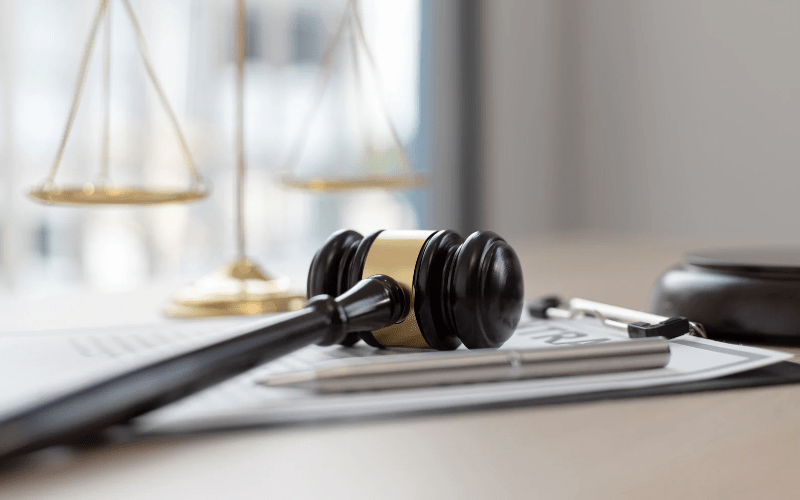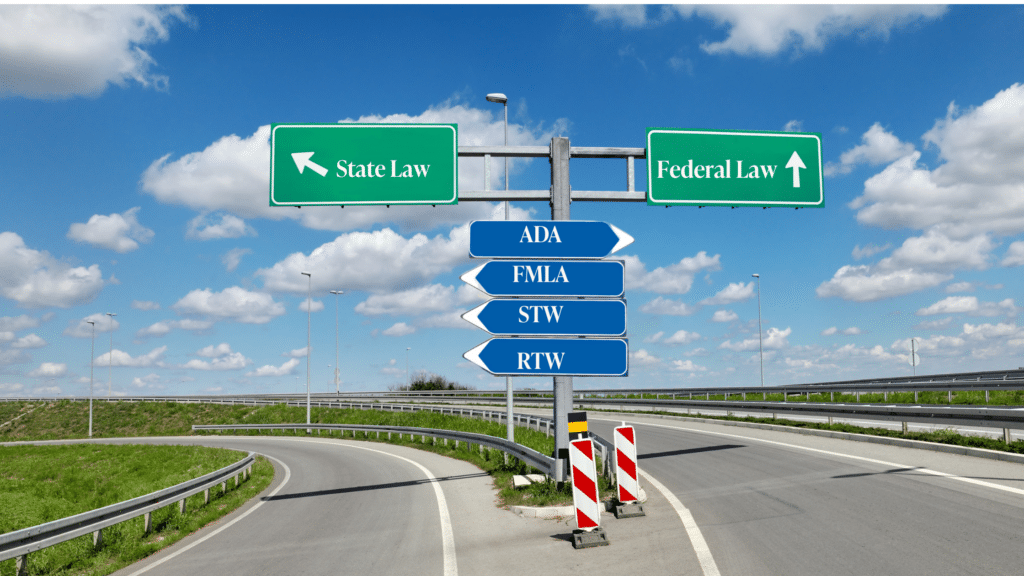April 11th, 2024
Sure Log
Attorney of Counsel, Michael Sullivan & Associates, LLP
When a party disputes an order, decision, or award issued by a workers’ compensation judge (WCJ), there are two options for appeal. Pursuant to Labor Code § 5900, a party may file a petition for reconsideration of a “final order, decision, or award made and filed by the appeals board or a workers’ compensation judge.” In contrast, LC 5310 states, “The appeals board may … remove to itself, or transfer to a workers’ compensation administrative law judge the proceedings on any claim.” A petition for removal is the appropriate remedy for interim, nonfinal orders.
A “final” order subject to reconsideration is one that settles for purposes of the compensation proceeding, an issue critical to the claim for benefits, whether or not it resolves all the issues in the proceeding or represents a decision on the right to benefits. It resolves threshold issues basic to the establishment of the employee’s rights to benefits, such as the WCAB’s jurisdiction, the existence of the employment relationship, and statute of limitations issues. But orders that do not decide a threshold issue such as intermediate procedural or evidentiary decisions, are not final for the purposes of LC 5900. (Maranian v. WCAB (2000) 81 Cal. App. 4th 1068, 1075.) The distinction at times is opaque, and it’s not clear to parties which type of petition to file.
Worse, the ambiguity can lead to gamesmanship. When a petition for reconsideration is filed, pursuant to CCR 10961, a WCJ loses authority to issue any orders until the WCAB dismisses or decides the petition. But CCR 10955(e) states, “The filing of a petition for removal does not terminate the workers’ compensation judge’s authority to proceed in a case or require the workers’ compensation judge to continue or cancel a previously scheduled hearing absent direction from the Appeals Board.” So, a party can eliminate the ability of the WCJ to act on a case, including proceeding to trial, simply by filing a petition for reconsideration. The filing of such a petition for that purpose is understandably unacceptable to the appeals board. Still, a filing party could have a legitimate concern that a filing a petition for removal when a reconsideration is warranted might lead to the failure of its petition. To cover all bets, it’s not unusual for a party to file a petition for reconsideration, or, alternatively, a petition for removal.
On April 10, 2024, in Ledezma, et al. v. Kareem Cart Commissary and Mfg., the WCAB issued an en banc order of consolidation and notice of intent to impose sanctions and costs against an applicant’s attorney, Susan Garrett, and hearing representative, Lance Garrett, for trying to take advantage of the rule regarding trial level proceedings following a petition for reconsideration with willful intent to disrupt or delay the proceedings of the WCAB.
FACTS OF THE CASE
In Ledezma, the WCAB consolidated eight cases involving Susan Garrett and Lance Garrett that involved the same conduct. In each case, Susan Garrett requested continuances shortly before trial by asserting a calendar conflict. When the WCJs denied the requests, their office, per the order, filed a “Petition for Reconsideration or in the alternative Petition for Removal” on the date of trial. Neither the law firm nor the applicants they represented appeared at trial. The petitions were signed by Lance Garrett, but were mostly verified by Susan Garrett.
THE WCAB’S DECISION
After discussing the difference between final orders subject to reconsideration and nonfinal orders subject to removal, the WCAB explained that an order denying a request for a continuance is not a final order, because it does not resolve a threshold issue in a case. So, a party who disagrees with an order denying a continuance should only seek only removal in response.
The WCAB recognized that a WCJ may issue a hybrid decision that includes both final and nonfinal orders or awards. It stated:
Where a party is appealing a hybrid decision, but only seeks relief with respect to an interlocutory order, or where there is genuine confusion as to whether a decision is final, a party may file a petition seeking both reconsideration and/or removal. A party may only file an alternative petition for reconsideration where good cause exists to believe that a final decision, order, or award issued. When a petition is titled as a petition for reconsideration, even in the alternative, the Appeals Board must process it as a petition for reconsideration, which halts proceedings at the trial level. ([Citation].) Filing an alternative petition for reconsideration when it is not warranted is sanctionable. (Emphasis in original.)
The WCAB noted that Garrett Law Group, through Susan Garrett or Lance Garrett, requested a series of continuances of multiple trial dates. It noted that when their requests for continuances were denied, they waited until the day of trial to file petitions for reconsideration in lieu of appearing for trial and to prevent the matters from proceeding. The WCAB also noted they were given notice in a previous decision that reconsideration was not proper from an order setting the matter for trial.
So, the WCAB believed that they filed the petitions solely to delay the trial proceedings, as evidenced by their failure to appear at trial in each case. It believed that to be frivolous and/or bad faith conduct that was sanctionable. The WCAB issued a notice of intention to impose sanctions of as much as $20,000 each ($2,500 for each of the eight instances) against Susan Garrett and Lance Garrett, unless good cause was demonstrated within 20 days, plus five for mailing, establishing that they acted with reasonable justification or other circumstances that made imposition of the sanctions unjust.
ANALYSIS OF THE DECISION
Whether a petition for reconsideration or a petition for removal is filed affects a WCJ’s authority to conduct further proceedings and issue further orders. Parties could take advantage of this to delay proceedings by filing a petition for reconsideration, when a petition for removal is warranted.
In Ledezma, the WCAB recognized that the alternative petitions for reconsideration weren’t being filed due to carelessness or ignorance of the consequences for filing an incorrect petition. The WCAB expressly noted that Garrett Law Group had been given notice that reconsideration was not appropriate following an order denying a request for a continuance. So, it determined that the firm’s actions constituted a willful intent to disrupt and delay the WCAB’s proceedings.
In the past, the WCAB has admonished parties for filing a petition for reconsideration when a petition for removal was clearly appropriate. By issuing an en banc decision, the WCAB is giving clear notice to all practitioners that it expects them to understand the difference between the two types of petitions. At the very least, it has given notice that a petition for reconsideration should be filed only if there is good cause to believe that a final decision, order, or award has issued.
It is not always easy to identify when a petition for reconsideration must be filed. For example, the WCAB has held that a petition for reconsideration was appropriate even though the parties proceeded to trial solely on an intermediate discovery dispute regarding the applicant’s request for an additional QME panel, but they also stipulated to injury AOE/COE to certain body parts at the hearing. Although the appeal involved a nonfinal discovery dispute, the WCAB concluded that because the decision included a finding of AOE/COE based on the stipulation, the WCJ’s decision was a final order subject to reconsideration rather than removal. (Ponce De Leon v. Southern California Edison, 2019 Cal. Wrk. Comp. P.D. LEXIS 316.)
Often times, it will be clear whether a petition for reconsideration or a petition for removal should be filed. If, however, there’s genuine confusion, a party may file a petition seeking reconsideration and/or removal. If a petitioner does so, then it should make a good faith effort to explain in the petition why it believes a petition for reconsideration is filed. It should explain in the petition what threshold issue was decided in the underlying order or decision to support the petition for reconsideration.









